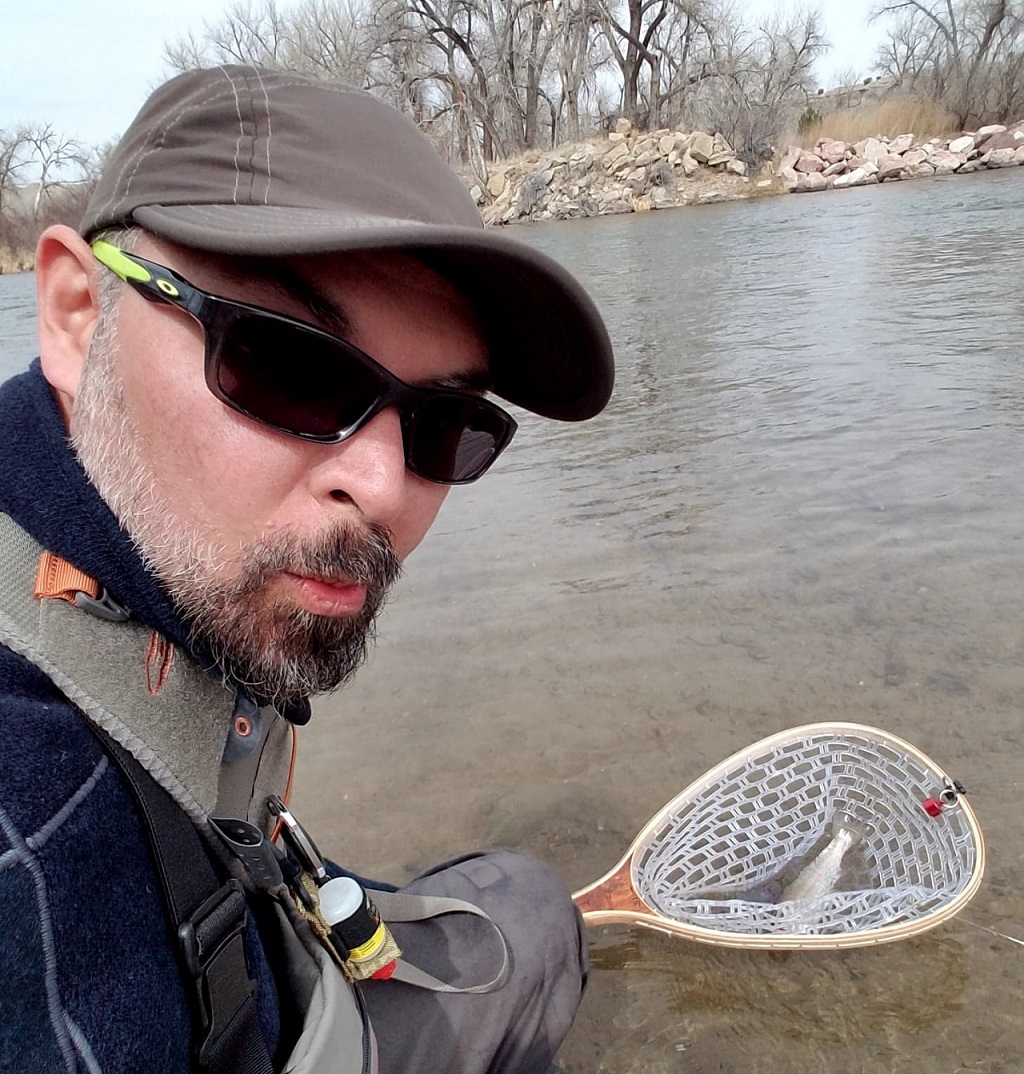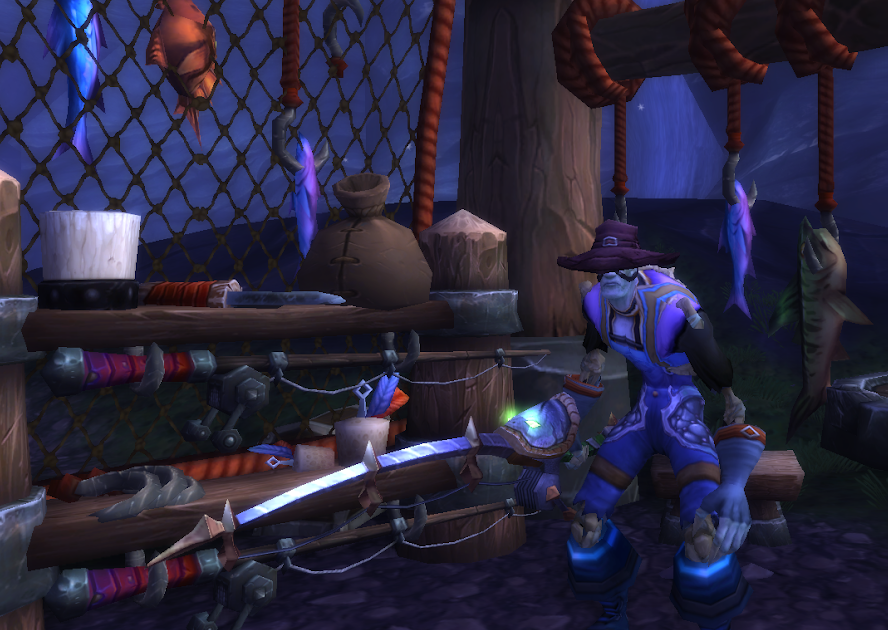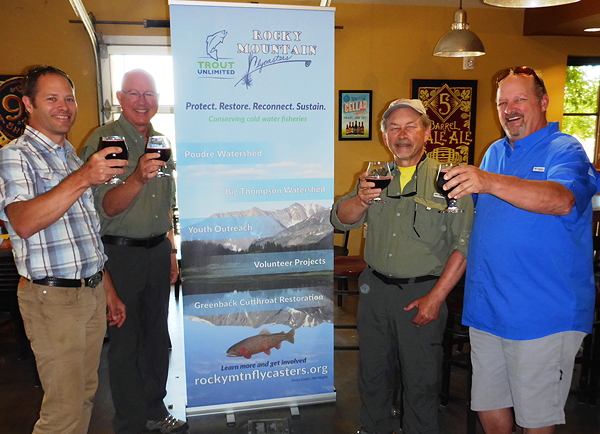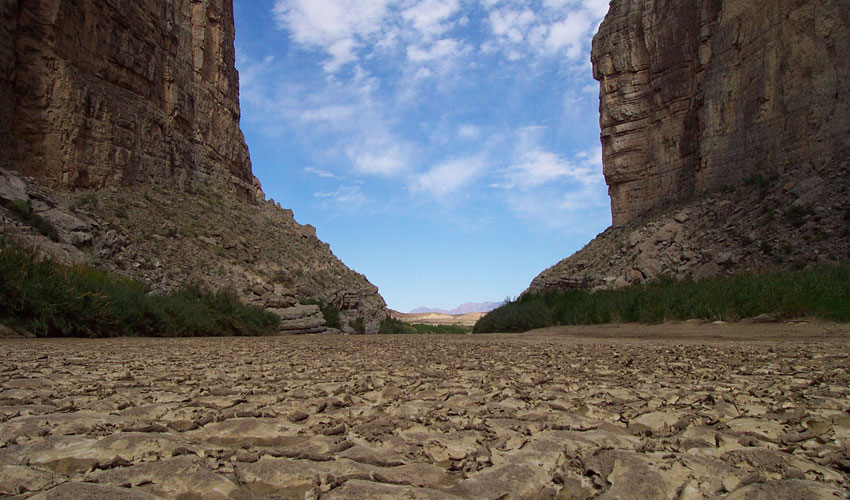Join us "Behind the Fin" with Josh Anaya, Secretary, Frostbite Fishoff Chair, Communications, and Webmaster for the Southern Greenbacks Trout Unlimited Chapter.
How long have you been a member?
I've been a member for almost two years. My first meeting was our chapter's election meeting, and we still had a couple of board positions open -- one of them being chairman of our annual fundraiser, the Frostbite Fish-Off. I thought it sounded fun and interesting, and I had some similar previous experience in cyberspace, and figured I'd try it out "in real life". By the end of the year, I also absorbed the positions of Secretary, and Communications/Web Guy.
Why did you become a member and what chapter are you involved with?
Curiosity, mostly. In January 2017, I joined both Trout Unlimited, and Fly Fishers International. A friend at one of my local fly shops suggested I check out TU, and see if it was something I'd be interested in. I was (and still am) pretty new to fly fishing, and it seemed like a great way to immerse myself in the community, and accelerate the learning process. Our chapter is the Southern Colorado Greenbacks, Chapter 509. We have members from Custer, Fremont, and Pueblo Counties.
What made you want to become involved with TU?
Again, curiosity, but I also have some legitimate concerns over the future of the Stream Protection Rule under the current administration, and where the planet in general is headed environmentally. I thought I'd see what TU was all about, and see what I could contribute to the organization.
What is your favorite activity or project that you have done with TU?
I'd have to say it was the Frostbite Fish-Off -- our chapter's annual fundraiser. This year we had fifteen teams of two anglers each competing for some great prizes, with a party and raffle afterward. All in all, we had about seventy people involved. I've signed on to be the chairman of the event for at least another year, but I'm also working on getting a Trout in the Classroom project going at my son's middle school for the 2018-2019 school year.
Our chapter also has a lot of cross-pollination with our local Fly Fishers International chapter (shout out to the Pueblo Tailwater Renegades!), and we've had river cleanups, and planted willows along the Arkansas River with Colorado Parks and Wildlife. The Renegades also host a Thursday evening "Bluegill Bash" at the ponds next to the Arkansas Tailwater, and that's been pretty fun, too.
What is your favorite activity or project that you have done with TU?
I'd have to say it was the Frostbite Fish-Off -- our chapter's annual fundraiser. This year we had fifteen teams of two anglers each competing for some great prizes, with a party and raffle afterward. All in all, we had about seventy people involved. I've signed on to be the chairman of the event for at least another year, but I'm also working on getting a Trout in the Classroom project going at my son's middle school for the 2018-2019 school year.
Our chapter also has a lot of cross-pollination with our local Fly Fishers International chapter (shout out to the Pueblo Tailwater Renegades!), and we've had river cleanups, and planted willows along the Arkansas River with Colorado Parks and Wildlife. The Renegades also host a Thursday evening "Bluegill Bash" at the ponds next to the Arkansas Tailwater, and that's been pretty fun, too.
I know you won’t tell me your top spot, so what is your second favorite fishing spot or favorite fishing story?
My second favorite fishing spot would be pretty much anywhere in the World of Warcraft. I've been playing on and off for about twelve years now -- mostly to keep in touch with friends (big /cheer to my friends in the Bloodbath & Beyond guild). I haven't had the time to do all the cool end-game stuff for quite a few years, but every once in a while I'll log in, play for a night or two, and sneak in some fishing. That's actually where I got my start fishing -- I've always been a video gamer, and have played online games for about 20 years, and many of the bigger online games have fishing systems built into them. Two years ago, though, I had fished all there was to fish in Warcraft, and I was looking at about four months before the newest version would be out. I'd always see people fishing along the Arkansas whenever I'd ride that route, and one day I thought, "A lot of my gamer buddies like fishing in real life. I'mma learn2fish." I found a class at one of my local fly shops that was actually happening that weekend, and I jumped right in.
What does being a part of TU mean to you?
After only a year or so, I'm still defining what I want that to be. I'll help with TU's mission where I can, and when I can. I'd like to be more active at the State level, but I'm still figuring out what kind of impact I can have at the local level, especially with working with local businesses and government entities.
Beyond being an awesome angler, what else do you do in your spare time or for work?
I wouldn't exactly call myself an awesome angler...yet. Professionally, though, I'm a software developer, but I have a lot of other things going on the side. My evenings are usually spent playing games with my kids, or helping them with their homework. Once everybody's asleep, I'm usually working on some art project or another, whether it's digital like 3d modeling, or something more traditional like painting and sculpting. I picked up fish carving after this year's Western Rendezvous after I stumbled across Bill Rottman's artwork in a shop, and then met him a month later at the Annual Woodcarving & Woodworking Show in Colorado Springs, hosted by the Pikes Peak Whittlers. I'm also working on a couple independent video game projects.
I tie, too! The shop I learned to fly fish at -- The Drift Fly Shop in Pueblo -- has classes on tying, and I jumped into that, too. I love the art, and I was just awarded my bronze level award in fly tying from Fly Fishers International. Next on my project list are to complete the silver and gold levels of the award.































